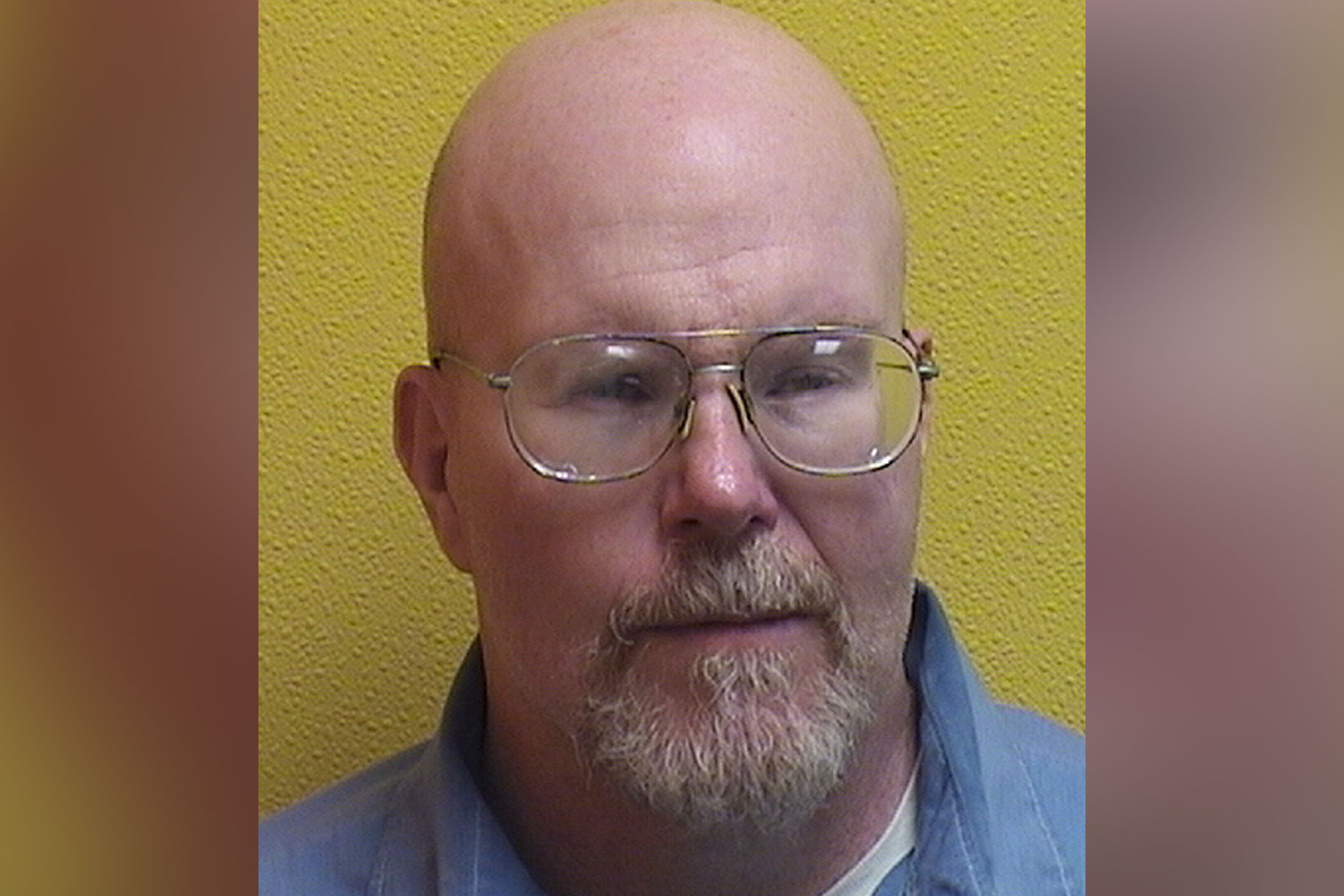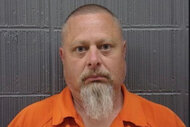Create a free profile to get unlimited access to exclusive videos, breaking news, sweepstakes, and more!
Judge Overturns 1989 Murder Conviction; Rules State Withheld Incriminating Crime Scene Photos
John Triedjen was convicted of killing his stepbrother in 1989 but newly released evidence points to a suicide.

A Cuyahoga County Judge is tossing out a 1989 murder conviction after reviewing new evidence previously withheld by the state, including crime scene photos and witness statements.
John Tiedjen, 57, is currently serving a life sentence for the shooting death of his stepbrother and roommate, 18-year-old Brian McGary. Tiedjen has long maintained that after a night of heavy drinking and smoking marijuana, he could not remember what happened on the night of April 1,1989. He also claimed that police forced him to confess several days later.
“Well, the police told me what to say,” John Tiedjen said, according to Cleveland’s Fox 8 News.
In 1989, John Tiedjen and Brian McGary returned to their shared duplex in Cleveland’s Slavic Village after a night of partying. A neighbor claimed to see Triedjen leaving the house shortly after the sound of a gunshot. The following morning, Teidjen went to the same neighbor’s home and said he’d found his stepbrother dead. Tiedjen told the neighbor he believed it was suicide.
Police found Brian McGary curled up by the foot of his bed with a one-inch stab wound to the chest and a bullet would between his eyes. The knife remained in a pool of blood on the bed, while the .22 caliber rifle was lying across his feet.
Earlier this month, Tiedjen’s defense attorney Kimberly Corral presented Common Pleas Judge Dick Ambrose with 77 new crime scene photos that were never presented in the 1989 trial, along with 32 pages of never-before-seen supplemental police reports.
Ambrose was able to view two sets of crime scene photos: one set from the original crime scene and another set taken five days after. The photographs proved that evidence at the crime scene had been moved, according to Cleveland.com.
“There is a reasonable probability the results of the trial would have been different,” said Judge Ambrose.
One example included a photograph that captured John Tiedjen’s eyeglasses on a coffee table in the first set of photos, while another photo showed the same pair of glasses in a pool of blood near McGary’s body. Other images showed his ex-girlfriend’s purse on the scene, along with a woman’s vest and a man’s jacket.
These items were never presented in the 1989 trial, and the original defense attorney knew nothing of the newly introduced evidence. Tiedjen’s current attorney has put forth a theory that another man and woman were on the scene the night of the shooting, which could be supported by a 2002 witness statement that said they saw a couple running from the house after hearing a gunshot.
According to the supplemental police reports, police also allowed McGary’s ex-girlfriend to enter the crime scene several days after his death to collect her purse. However, no records of who escorted her were found, and there is no proof she’d been interviewed by police.
“The prosecutor’s office spent years of taxpayer resources promoting the argument that John got a fair trial, despite the fact that [it] withheld all of the police reports and almost all of the crime-scene photographs in the case,” said defense attorney Kimberly Corral. “It’s hard for me to believe that in America in 2021 any participant in the system would defend the constitutionality of such a conviction.”
In response, Cuyahoga County Prosecutor said his office has intentions of appealing the decision, citing “numerous factual errors,” according to Cleveland.com.
As previously reported, another judge denied a motion upon reviewing the same photographs, saying that they weren’t enough to overturn Tiedjen’s conviction.
But after the 2017 hearing, the photographs were lost, according to court records. This time, Tiedjen’s defense had to rely on black and white copies of the originals.
In a two-day hearing, Judge Ambrose also heard the testimony of an expert who specializes in crime scene reconstruction. After careful review of the crime scene photos and police reports never submitted in the 1989 trial, the expert concluded that McGary likely died by suicide.
As previously reported, Tiedjen’s defense provided the unearthed photos to an expert witness, Scott Roder, in 2016.
“Some of these photographs don’t nearly come to any level of a complete or comprehensive documentation of this crime scene,” said Roder. “There is no evidence, physically or forensically, to suggest that John Tiedjen committed murder.”
Roder refuted the defense’s original claims in 2016 that McGary had been shot from 18-24 inches away.
Roder also said that police failed to preserve the crime scene, wrapping McGary’s hands in plastic instead of paper, which could have destroyed any physical evidence of gunshot residue.
"This is a huge cause for celebration. My client has been fighting this fight for decades," defense attorney Kimberly Corral told Oxygen.com. "We see that the state plans to appeal, and to some degree, we recognize that, given the state of the evidence, they could never prevail in trial. So this is a last-ditch effort to maintain a conviction at the cost of justice."
























